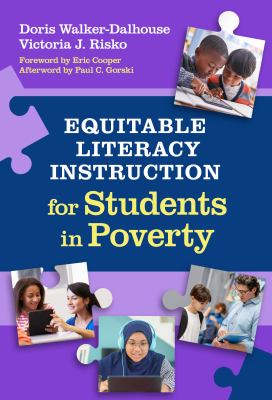
ebook
|
Equitable literacy instruction for students in poverty
Copies
0 Total copies, 0 Copies are in,
0 Copies are out.
Language
English







